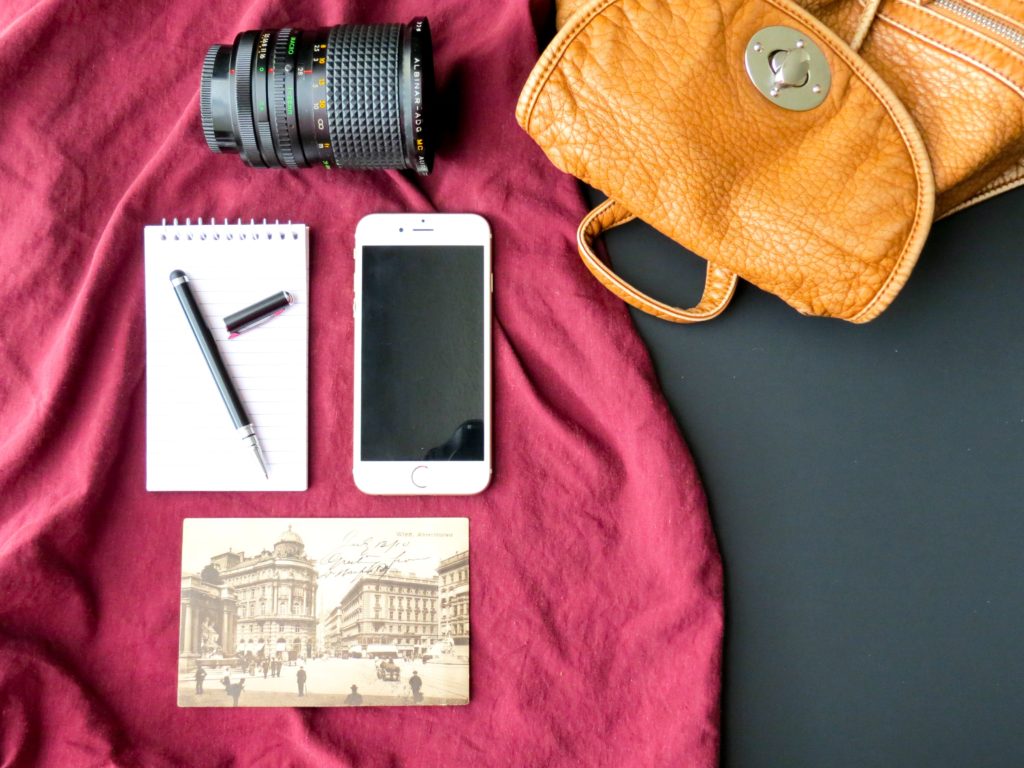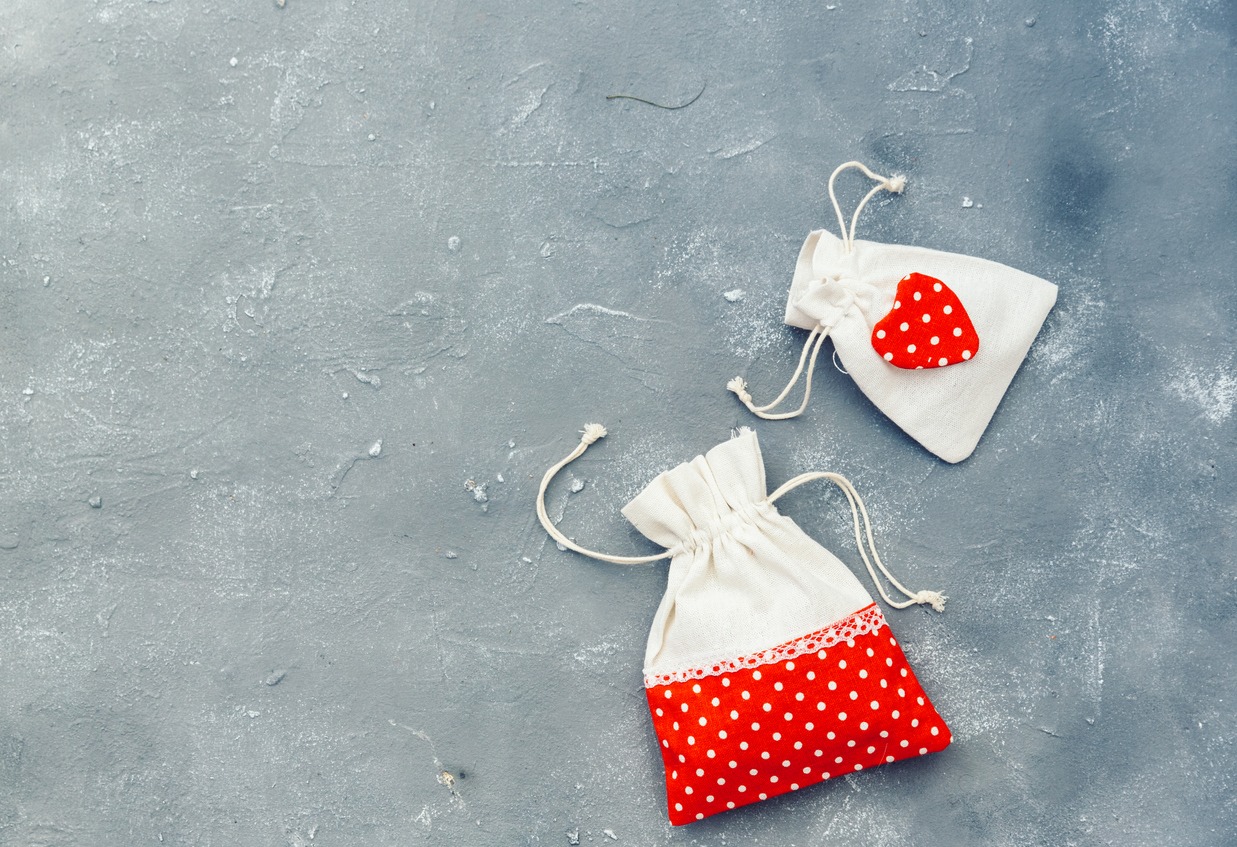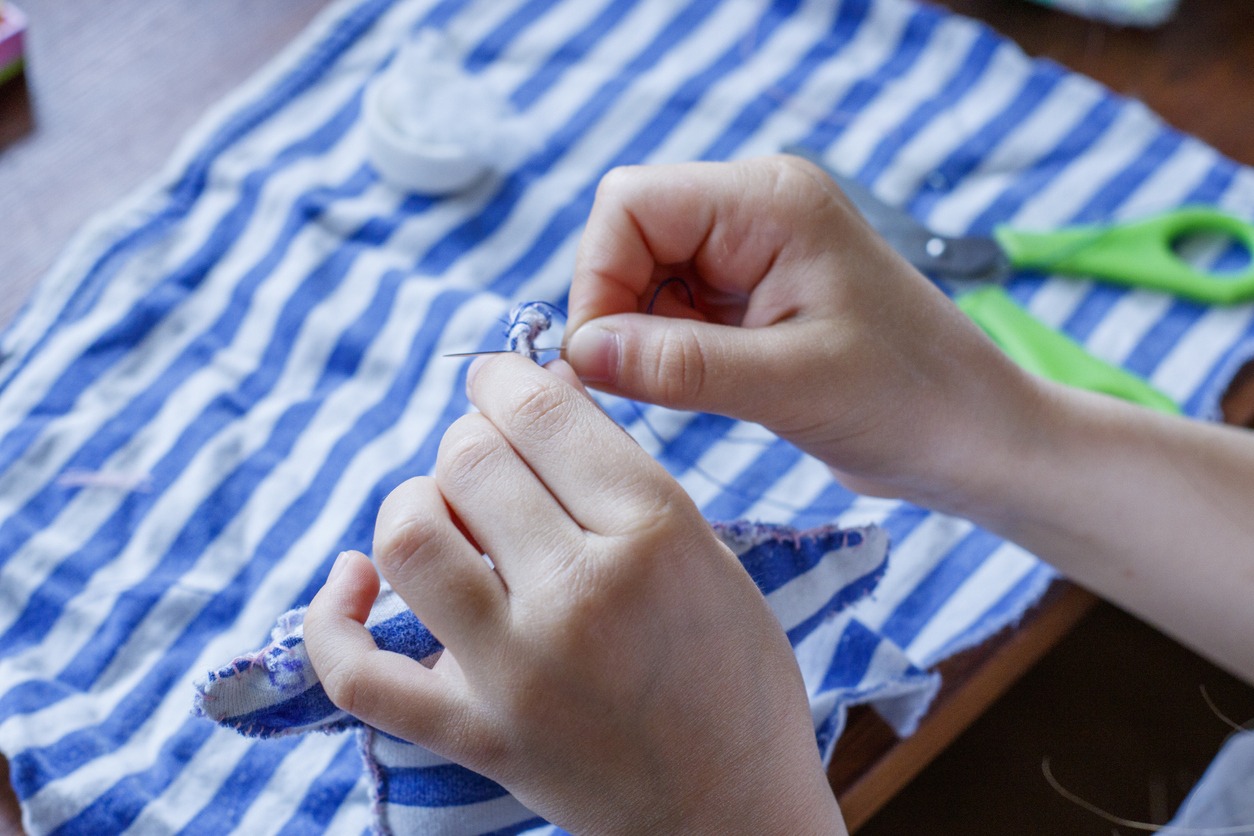Have you taught your children some life skills like cooking and sewing? Sewing is a handy skill that your kids can use throughout their life. Sure, you can buy them some new off-the-rack clothing, but teaching your children to sew will help them develop positive traits, such as:
- Patience
- Endurance
- Perseverance
- Resourcefulness
- Self-confidence
- Creativity
You can start by teaching your kids to sew simple things. Once your kids have learned the rudiments of sewing, they will be able to mend some rips in their pants and sew the button of their shirts. Then, they can move on to learning to operate a sewing machine and even quilting and crocheting. Your kids can choose a sewing project every week and by the end of the summer. Soon, they’ll be sewing lots of fun accessories and handmade gifts.
For sure, your children will beam with pride because they’ve created something by themselves. They can give their handmade gifts to their classmates and friends at various events.
You can teach your kid basic sewing and stitching techniques or basic steps on how to use the sewing machine. Always keep an eye on your kid to ensure that they won’t get injured while sewing.
A beginner sewing kit – a great gift idea for your kids!
Here’s a simple but fantastic gift idea for preschoolers or older kids who love the challenge of beginner sewing activities. A sewing kit will keep all the sewing essentials organized and easy to access.
Supplies you should include in your kid’s sewing kit:
- A small toolbox, sewing kit box, or sewing basket. You can score a decent box on Amazon for $10 or below.
- Needle threader
- Embroidery threads or DMC threads
- Blunt-tipped wool or tapestry needles or bodkins
- Embroidery hoop
- Scissors
- Pin cushion
- Permanent markers or fabric markers
- Measuring tape
- Felt
- Hessian
- Cross stitch Aida fabric
- Beads and/or sequins
- Buttons
- Ribbons
- Small, sectioned plastic container for storing needles and notions (buttons, pins, hooks, etc.).
- Optional – stickers to adorn the box.
Easy and fun sewing projects for kids
Summertime is the best time to carve out some creative time with your children. There are plenty of sewing ideas and patterns that you can use for your kids. It is nice to sew something for your kids to use at home or school.
1) Bookmarks made from scrap fabric
Scrap fabrics can be great materials when you start teaching your children the basics of sewing. If your little ones love reading, they can make their own handmade bookmarks. This is one of the simplest sewing projects your kids can learn.
Your children will also learn about recycling by using scrap fabrics and other materials and turning them into something new and useful.
- Cut a 2” x 7” strip of cardboard, preferably from a used cereal box. Cut as many cardboard strips as you like.
- Make a fabric “sleeve” to cover the cardboard strip by cutting two strips of fabric (per bookmark) to a length/width, which is 3/8” longer/wider than your cereal box strip.
- Sew a ¼ inch on the shorter side of each piece of fabric.
- With the right edges together, line up the hemmed edges and sew around the remaining edges by using the same ¼ inch seam allowance.
- Trim the corners and turn the right side out.
- Slide the cardboard into the fabric sleeves. You now have new bookmarks!
2) DIY fabric phone charging station
Having a cellphone and its need to charge it over and again requires a safe place to do it so. Thus, this DIY fabric phone charging station is perfect, and you can get your kids to do it.
- Place the fusible fleece-lined back main body piece on top of the front main body or pocket.
- Line up the raw edges and pin them.
- Use a washable ink marker to create a mark that’s ½ inch above the top edge of the pocket.
- Make another mark above the first mark.
- Sew around the perimeter of the beginning and ending, and piece to leave an opening for turning. The top curve of the piece and cut the seam to 1/8 inches, leaving the raw portion of the seam untrimmed.
- Gently turn the piece to the right side through the opening and use a screwdriver or skewer to ensure that the seam is completely turned. The Peltex liner’s stiffness can make this procedure a little tricky, but it is doable. Also, if you take note of bit wrinkled parts of the Peltex after the rotation, don’t worry. It will be fixed.
3) Scented sachets
Not only making these scented sachets will give your kid something to do, but they can also keep their drawers and closets smelling fresh and nice.
- Get Charm Pack 5-inch fabric squares and lavender buds (they’re good at repelling moths) for stuffing.
- Set the two squares together (because the squares are already “pinked” or zigzagged at the edges, there’s no need to trim), leaving an 11/2-inch opening on one side and a ½-inch seam allowance.
- Fill the squares with the lavender buds.
- Finish by sewing the last side.
You can place these scented sachets in your drawers and closets to keep your clothes smelling fresh. You can also place them under a pillow for a more restful sleep.
4) Drawstring fabric gift bag
You can turn your gifts into something more special by placing them in your handmade gift bag. It will also add extra panache to your holiday gift wrapping.
- Fold the fabric piece in half-width. Align each other with short ends.
- Pin the fabric together and mark 5 inches short edge on the long sides.
- Give a ¼” seam allowance and sew a zigzag stitch.
- Flip the bag over and repeat it on the side, too.
- Pack it in the shape of a bag and stitch it at the opening.
- At the top, you can sew the ribbon, making it prettier and fancier.
5) Zipper pencil pouch
A pouch is something that your kids will definitely have use of – to keep their pencils, erasers, scales, pens, small rulers, etc., organized. Your kids can use a color or style of fabric of their preference, making their pouches even more personalized.
- Cut two pieces of 8 x 3.25 inch and two pieces of for 8 x 2.251 inch. They will be used for the upper, lower, and outside the pouch.
- Cut two pieces of 8 x 5 inch for the lining of the pouch.
- Place the outside upper panel pieces and the outside lower pale pieces over one another and pin them.
- Stitch along the edge using a ¼-inch seam allowance. The topstitch 1/8 inch above and below is polished for a better look.
- Place the inside lining pieces face up and align the long edges with the zipper.
- Sew the zip with the fabric, and your pencil pouch will be ready.
- Add extra decoration (like beads) if preferred.
6) Any cross stitch project
Cross stitch, counted cross stitch in particular, can be really good for the kids as it involves planning ahead, counting, and coordination. Not to mention that kids will appreciate the use of color and experience the satisfaction of seeing their work appear on a blank piece of fabric. In addition, kids learn another one of the popular stitches.
A cross stitch fabric, called Aida, typically has holes in regular rows and columns that allow guided stitching, resulting in neat cross stitches.
Find the easiest cross stitch pattern possible for your kid – especially a pattern that requires only a few DMC threads. Good examples of patterns for beginners include a simple heart, flower, and “ABC” or “123” patterns. Once they’ve gotten used to the stitching, allow them to choose the next patterns of their preference, such as their patterns after their favorite cartoon characters or superheroes. If they like something more challenging, they can choose patterns of beautiful landscapes, still lifes, or portraits.
Conclusion
There are plenty of easy and quick sewing projects that you can teach to your children. A beginner can also do these sewing ideas within a few minutes and with all the fabrics and sewing supplies. Some of the projects can also be done by your kids because, in childhood age, they find it fascinating to sew fabric and cloths.








